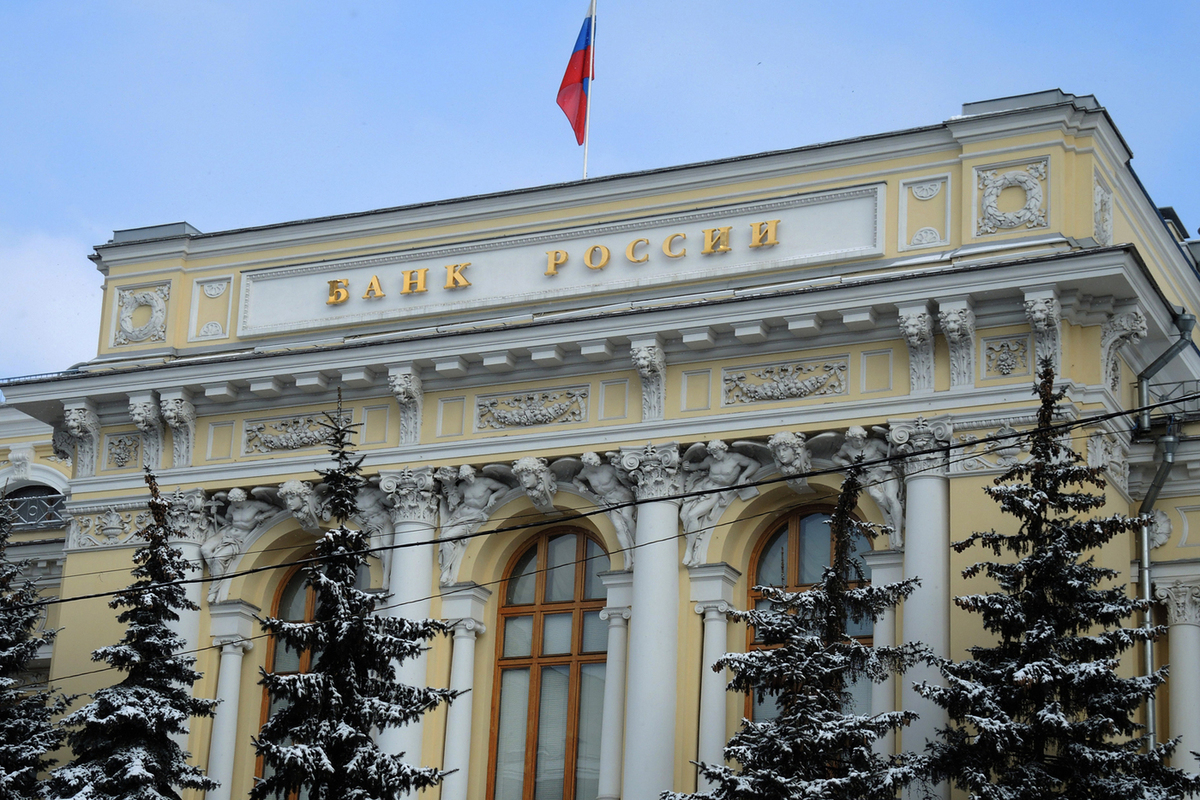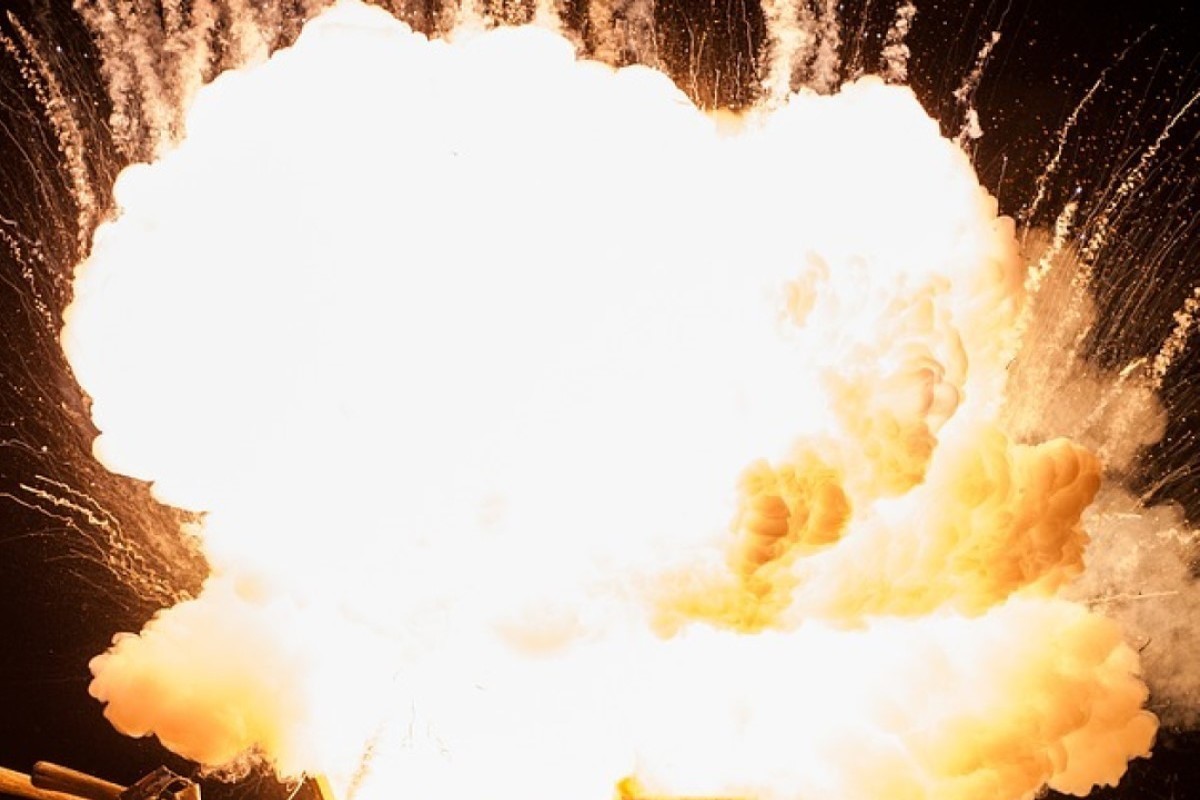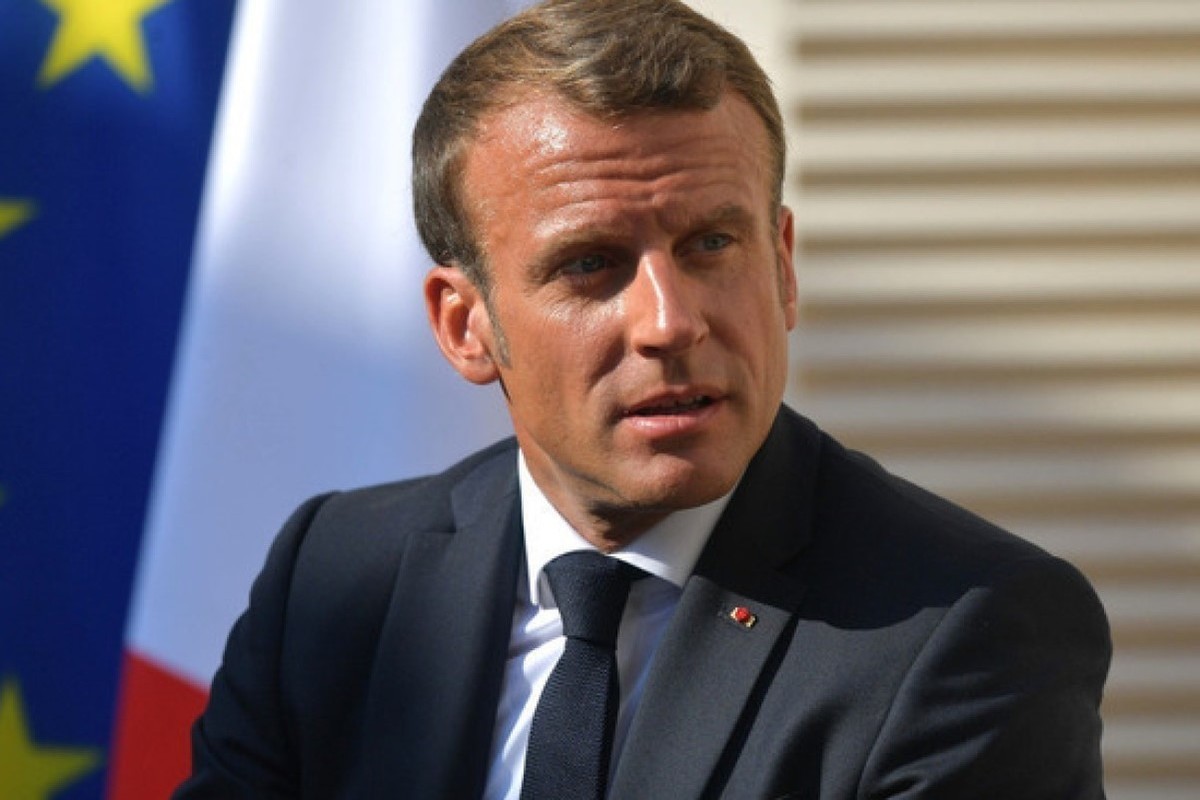Russia and Iran decided to create a "gas OPEC"
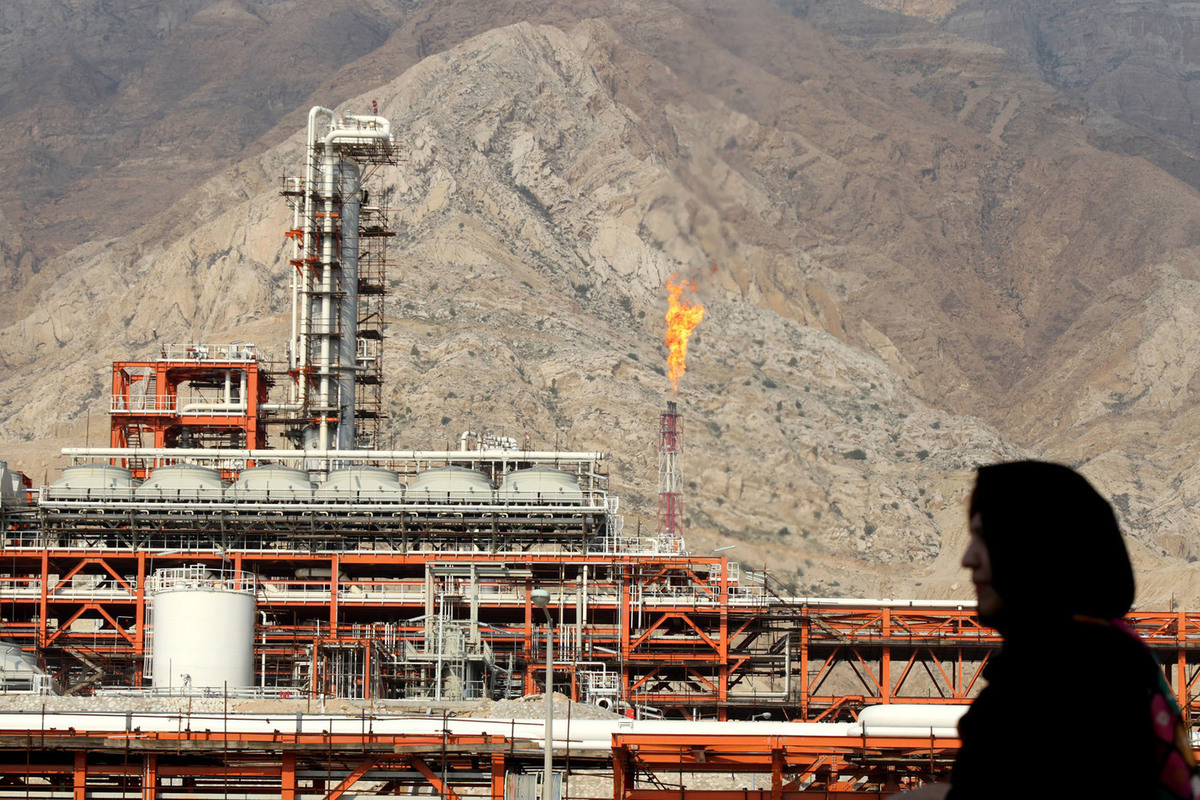
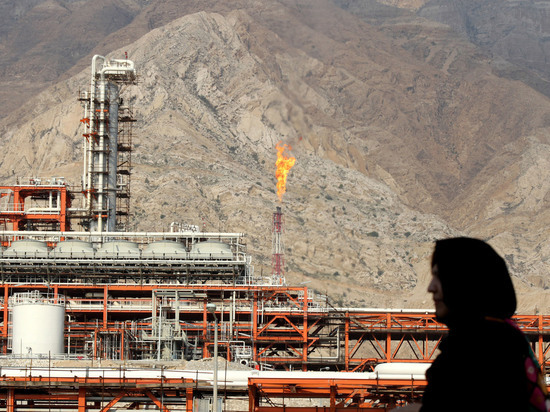
Energy cooperation between countries expands despite Western sanctions
The number of Russia's strategic energy partners is growing even under sanctions. As part of the agreement between Gazprom and the Iranian national corporation NIOC, Tehran will purchase volumes of "blue fuel" comparable to those that ours until recently exported to Europe's largest consumers. Hydrocarbons will be supplied both through pipelines through Azerbaijan and in liquefied form. According to experts, the deal with the Islamic Republic, which promises to amount to $40 billion, may in the future result in permanent strategic cooperation and become the basis for the creation of a new international gas lobby, comparable in authority to oil OPEC.
According to the Iranian news agency Fars, which has learned the details of the agreement between Gazprom and NIOC, Tehran is going to receive Russian energy resources through several channels. Part of the purchased volumes - 9 million cubic meters per day - will flow through the territory of Azerbaijan, and Iran will receive another 6 million cubic meters per day in the form of LNG for swap supplies to other countries.
The memorandum on strategic cooperation between Gazprom and NIOC was signed in mid-July this year. The plans of the companies included the development of gas deposits on the island of Kish in the Persian Gulf, the development of the Iranian sections of the world's largest oil and gas field North/South Pars, as well as the development of several other hydrocarbon deposits and the joint implementation of LNG projects. In addition, Tehran invited Russia to the project of building an export pipeline from the Islamic Republic to Pakistan and Oman. According to Iranian news agency Shana, the amount of contracts between the companies amounted to $40 billion.
The implementation of the Russian-Iranian agreement will mean that Tehran will be included in the list of our country's largest gas customers. Subject to the preliminary terms of the agreement, the total annual supply of Russian gas to Iran will amount to about 5.5 billion cubic meters. These are quite serious volumes - until recently, our country exported about the same amount of "blue fuel" to the UK. On the one hand, not all raw materials that the Iranians will receive will be of Russian origin: swap transactions, in the absence of a direct supply route, involve the replacement of purchased volumes with alternative fuel from another supplier with an accessible transport corridor. On the other hand, payment for gas, which, apparently, will be in rubles, since Russian and Iranian banks agreed in the spring to settle in national currencies, will not be subject to Western sanctions restrictions and prohibitions.
According to Dmitry Alexandrov, head of the analytical research department at IVA Partners, although Iran is also under Western sanctions, strengthening the economic union with the Islamic Republic will play into the hands of Russia. The purchased volumes of hydrocarbons will be easily absorbed by the regional markets of the Persian Gulf countries, and the reliability of logistics is not in doubt: the existing and under construction gas transportation infrastructure runs far from the territories that the “collective West” has influence on, therefore it can be used regardless of sanctions. “In the current geopolitical conditions, the diversification of foreign energy supplies, testing and possible expansion of swap operations is important for Russia,” the expert notes. - Stable supplies to Iran, when suppliers will be aware of additional sales markets, stimulate the overall production of "blue fuel" in our country. The counter flow of Iranian goods can be represented by light industry and agricultural products.”
Given the scale of work planned under the Russian-Iranian energy contract, as well as the potential of the Middle East region, industry analysts believe that the goal of Moscow and Tehran is to reach an annual volume of supplies of 20-25 billion cubic meters of gas per year. “This is already 10-15% of Russian sales of “blue fuel” to Europe,” explains TeleTrade analyst Alexei Fedorov. - Activation of the gas partnership with Iran can become the basis for the consolidation of other large producers of "blue fuel" into an organization similar to OPEC. Already, Russia and Iran account for about 20-25% of the world's natural gas production. If we manage to attract Qatar, Saudi Arabia and Algeria, then together with loyal China, the share of the new gas cartel, whose lobbying capabilities will be comparable to the oil OPEC, will grow to 39%, and this is already enough to influence the price situation in the market.”

